A recent NPR story highlighted fair use as an important exception to the exclusive rights of copyright holders and discussed the Stanford Fair Use Project, a legal clinic designed to help artists, scholars and others defend fair use as they create new works. Although the focus of the story was a humorous and highly irreverant video creation that depicts Jesus Christ dancing to Gloria Gaynor’s well-known song “I Will Survive,” there is a good deal in the story for more traditional academic authors and creators to take note of, and perhaps to worry about.
The Stanford Fair Use Project convinced Universal, the music company that owns the rights to the Gaynor song, to back down by sending a letter pointing out the strong protection given to parody in fair use doctrine. Many scholars will also have heard of the Fair Use Project earlier this year because of their role in helping a scholar who wrote a book about James Joyce’s daughter Lucia wrest from the Joyce estate a concession that she could publish letters written by Lucia and her father as part of her work. (There is an interesting article about Lucia Joyce and Professor Schloss’ work here.) One of the points from that conflict, that is reenforced in the NPR story, is that publishers are often unwilling to publish work that uses copyrighted material in spite of the vital role of fair use in making critical scholarship and comment possible.
Almost any campus official who deals with copyright can tell stories about the trials of helping scholars get work published when copyrighted material — often letters and/or illustrations — is involved. Sometimes the publisher demands that the author obtain and pay for all the permissions, even when a clear case for fair use can be made and the project lacks the funding to pay permission fees, or else a copyright holder denies permission (as the Joyce estate did) and the publisher is unwilling to proceed in reliance on fair use.
It is not surprising that publishers are wary of getting sued, no matter how strong their fair use defense might be. It is expensive to defend even a baseless lawsuit, and, as the Director of the Stanford Project pointed out to NPR, copyright holders frightened by the digital revolution are resorting more and more to frivolous threats in order to prevent creators from relying on fair use.
Scholars should take note that a critic of the Stanford Center and of strong fair use protection in general claims in the story that universities are trying to destroy the very idea of intellectual property and he advocates a greatly restricted application of fair use. As absurd as the first claim is, since scholars are major producers of intellectual property, the threat of more restricted fair use protection is very real. Powerful voices are calling for less fair use, an academics must be aware of its role in scholarly production and actively assert it where it applies. The goal is not so much to push the fair use boundaries forward but merely to keep them where they have traditionally been, as a bulwork to encourage and protect scholarly creation.

